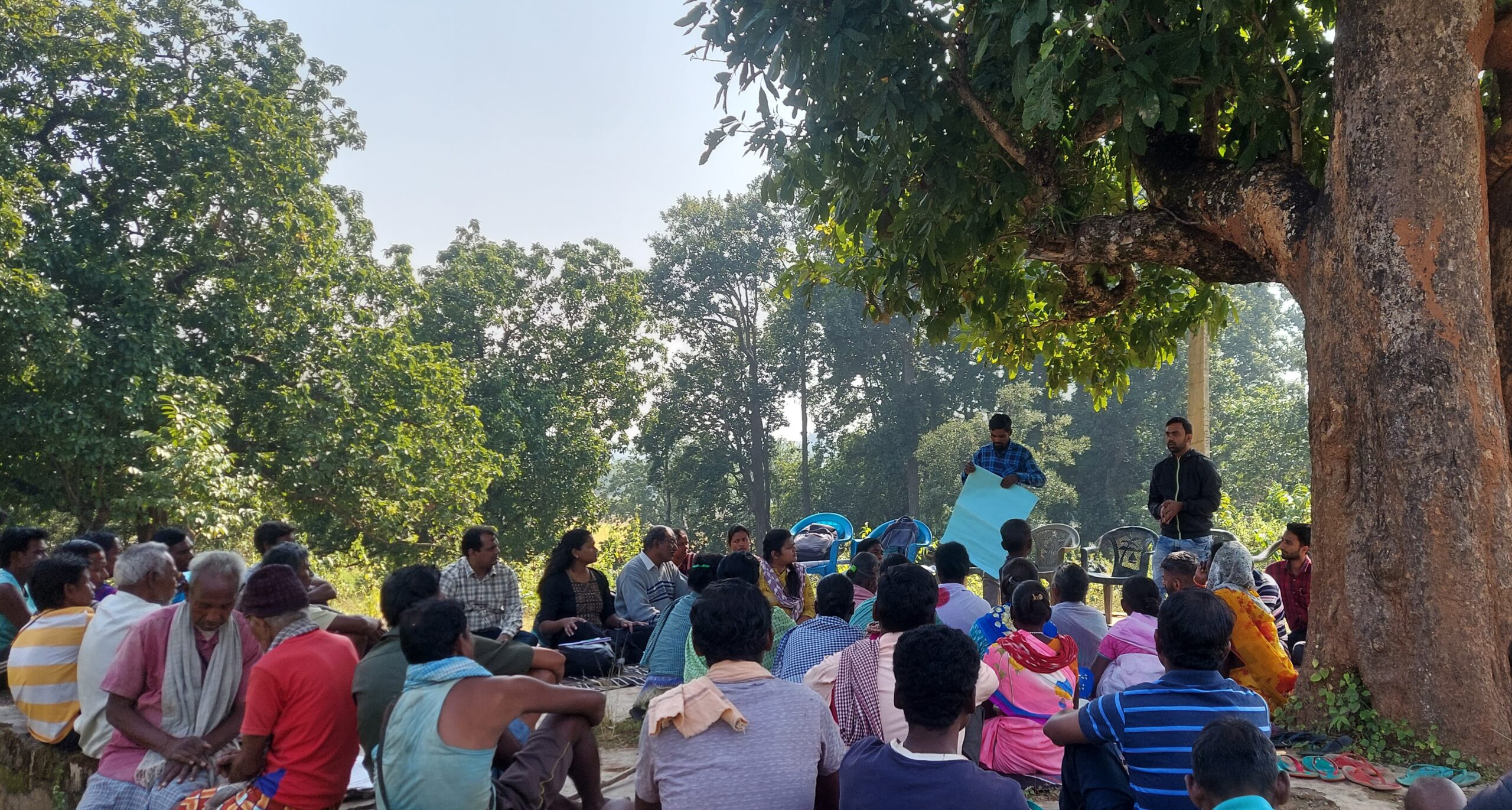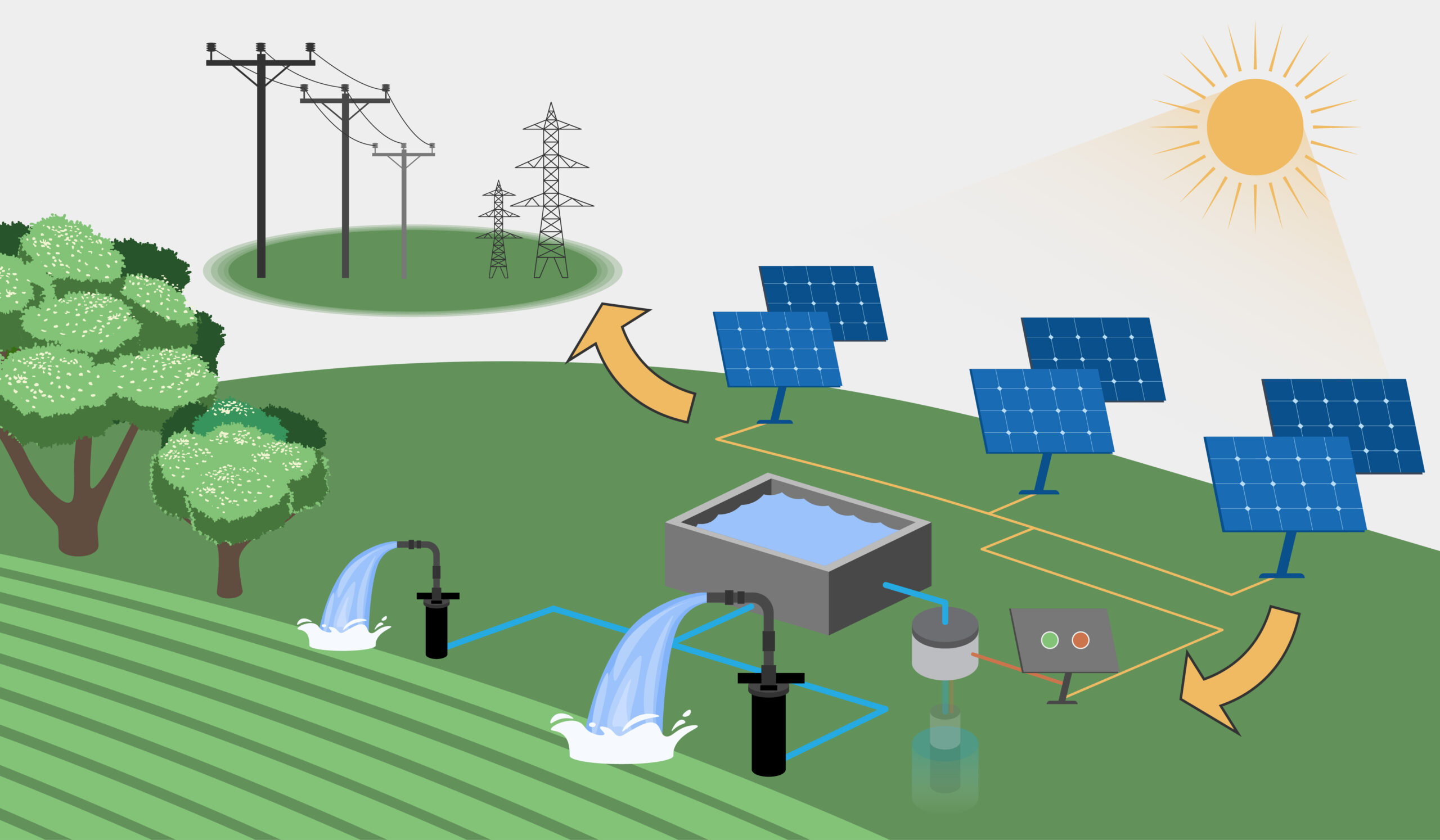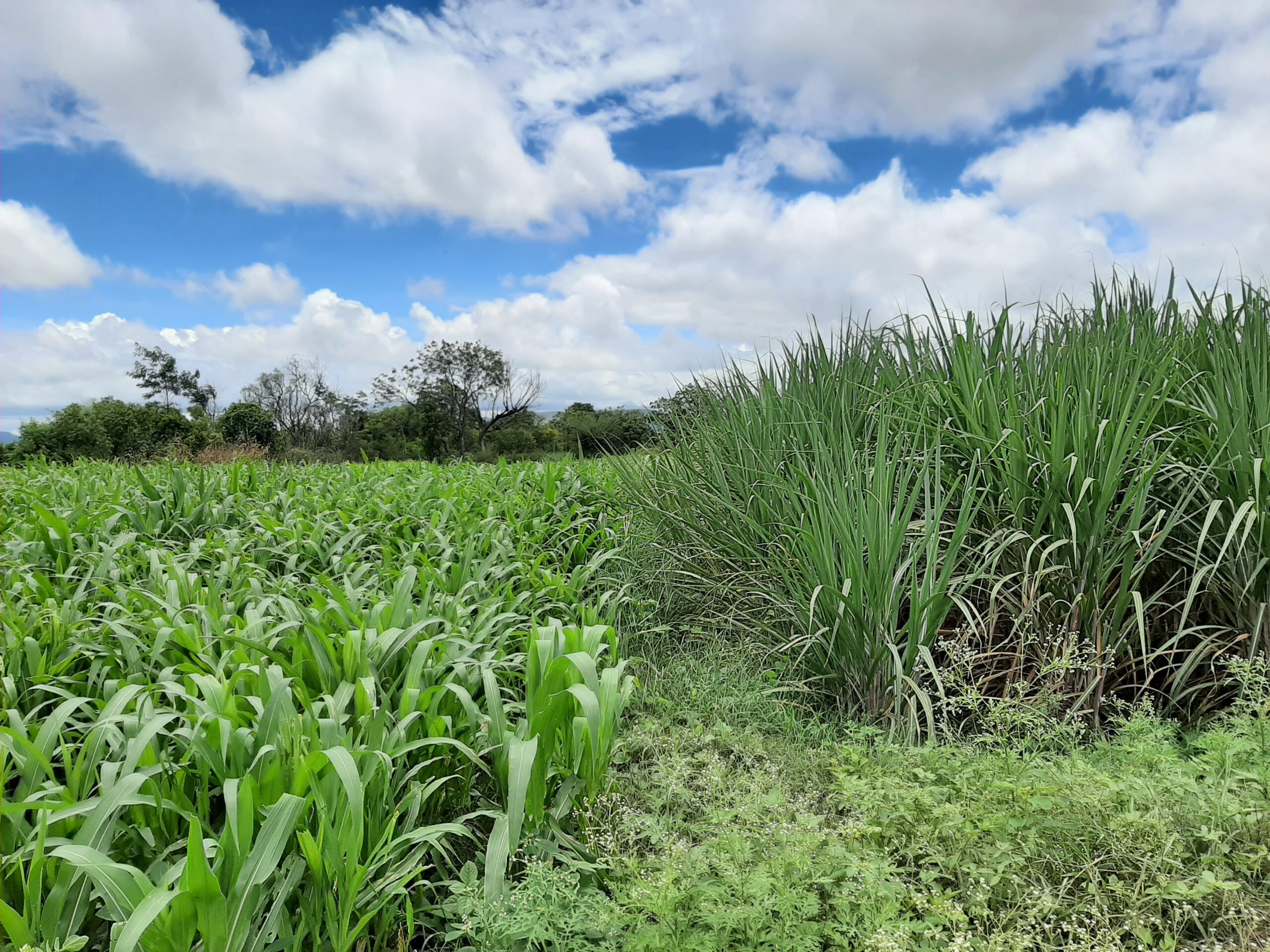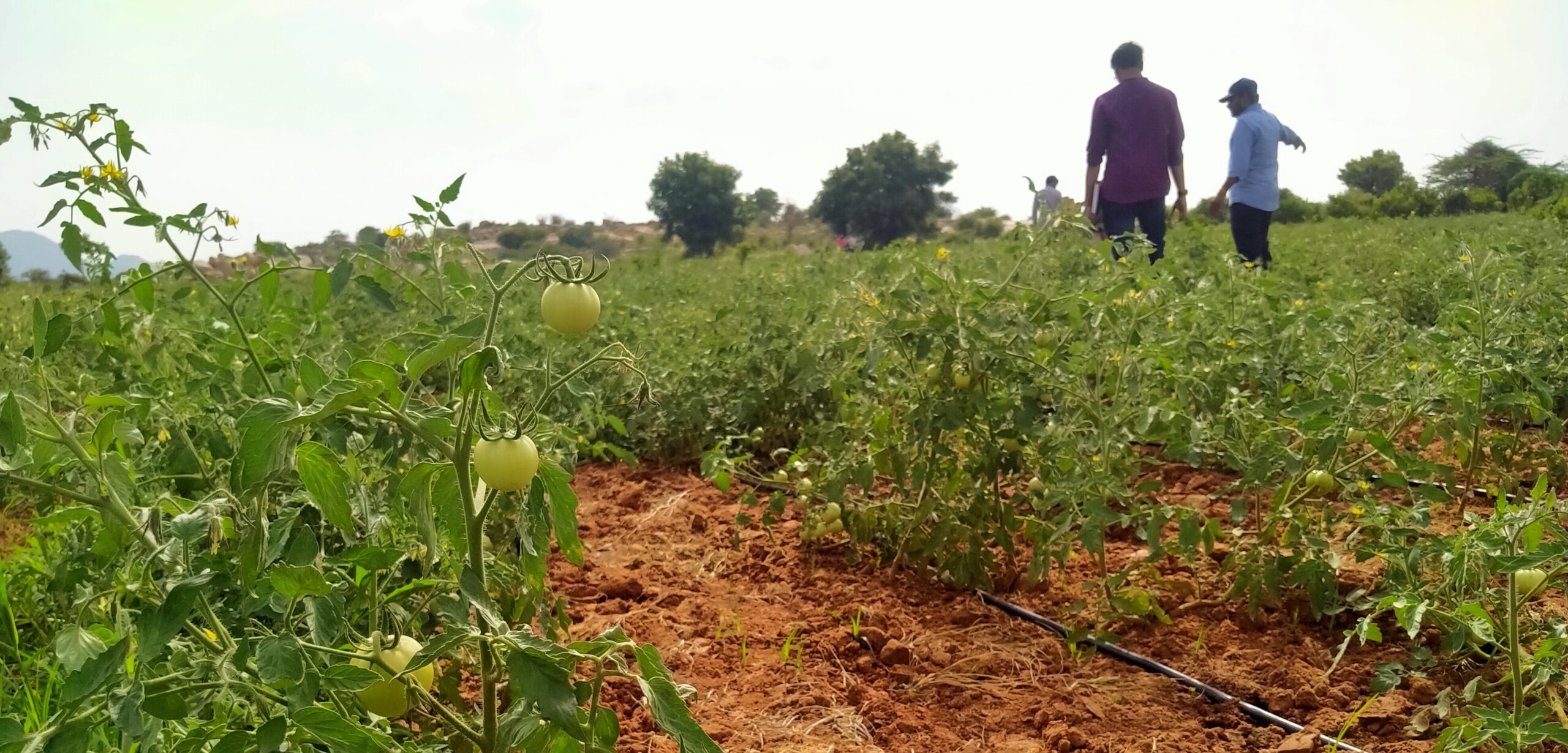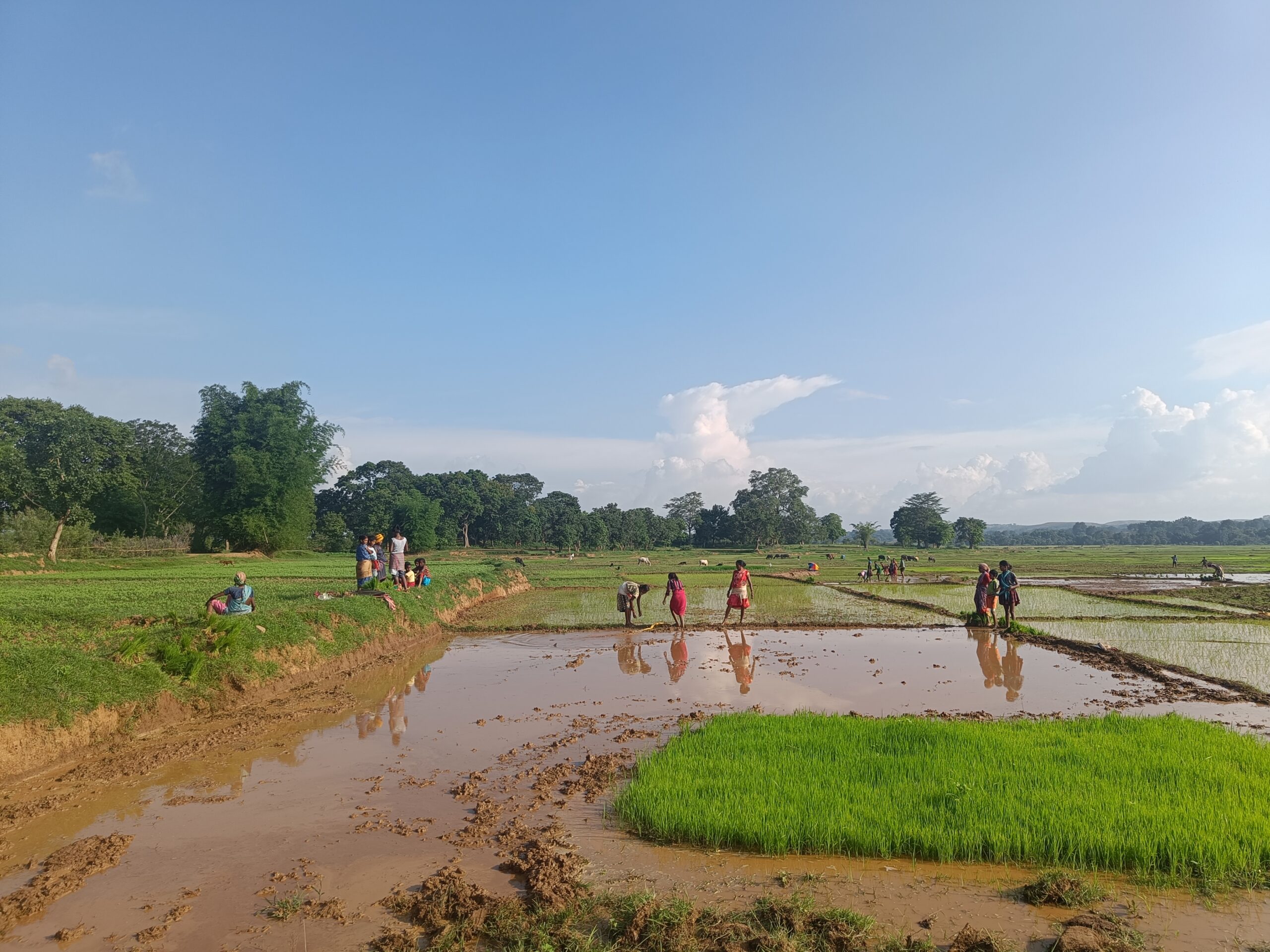The Launch of a Consortium-Led Platform to Build Green Rural Economies
Members of multiple environmental and development organisations discuss different aspects of GRE at the launch. Photo by RB Productions.
The agrarian crisis in India has resulted in extensive economic impact in rural India as job losses and unemployment, and distress-driven migration rises. Despite hefty investments in sustainable transitions, change is not occurring quickly enough leaving millions of rural livelihoods at risk.
How do we solve some of the fundamental challenges plaguing agriculture and rural development? Several organisations have accrued tangible and intangible contextual knowledge through their deep-rooted experience attempting to solve these issues in different landscapes. The problem is that this has resulted in a lot of undocumented tacit knowledge residing with experts scattered across the country, but are not disseminated at a larger scale.
This is the core tenet behind the Green Rural Economy
GRE is a consortium-led initiative that curates knowledge in usable formats and facilitates spaces for collaboration to drive sustainable change across rural India. Over the past year, we held multiple conversations with civil society organisations, self-help groups, community resource persons and other grassroots workers to understand the key bottlenecks that impact planning and execution of critical rural development work. While policies and lack of capacity remain hugely important, we realised that poor dissemination of knowledge is a critical gap that must be urgently addressed.
On January 23, we were able to take this idea to fruition.
We launched the platform over a two-day event that embodied the collaborative spirit that drives it – there were interactive talks on specific subjects led by experts and multiple group discussions to deliberate on the viability of the platform and what steps need to be taken to improve and maintain it. In this blog series, we summarise the event – the ideas we went in with and the feedback we got that has pushed us back to the drawing board.
Read Part 2 | From Trainers to Playbooks: Insights on Improving the Green Rural Economy Platform
It is important for us to document the journey of conceptualising and improving the platform. This is to keep our work transparent and hold ourselves accountable to partners who set aside valuable time to pitch in on this endeavour.
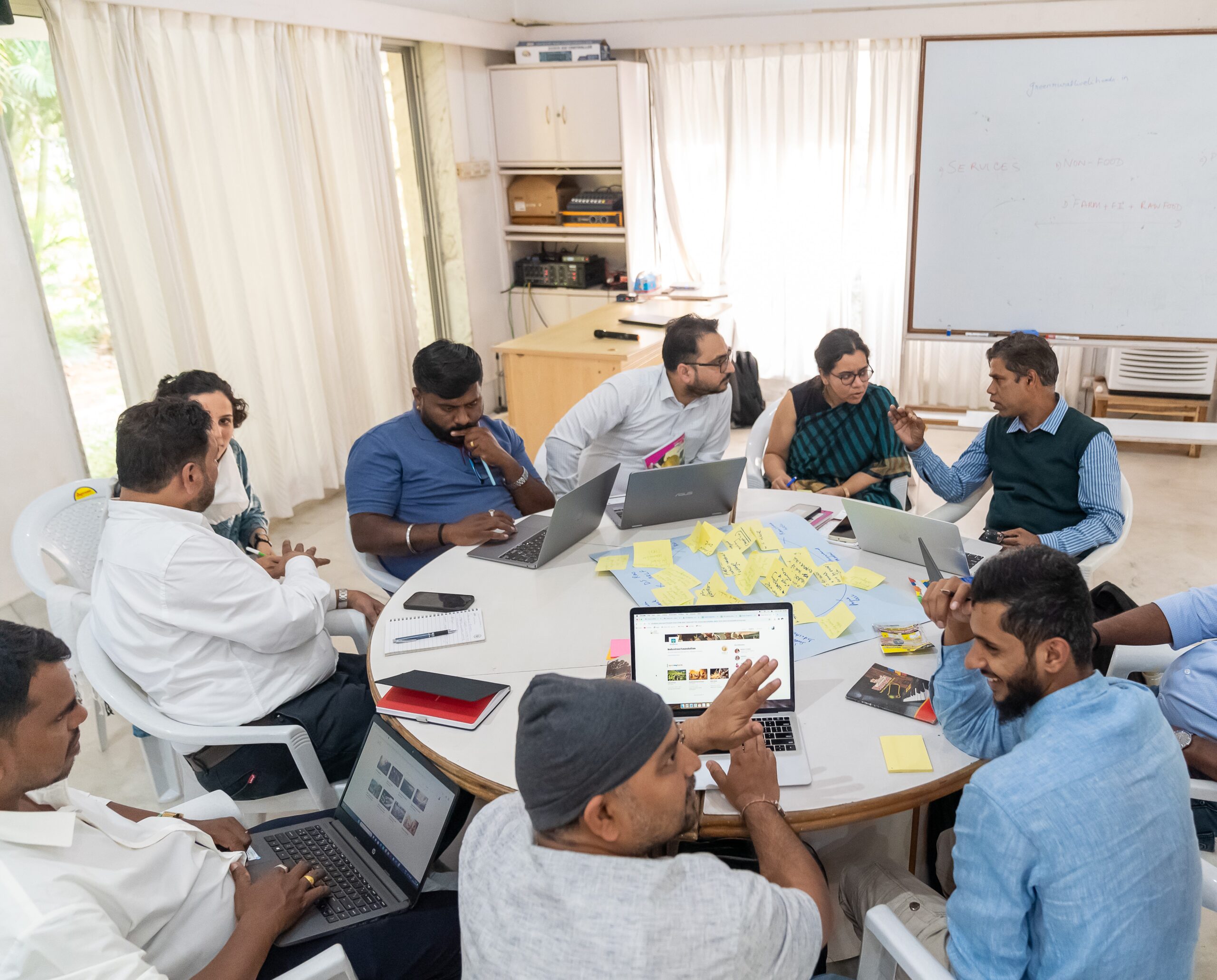
Members of multiple environmental and development organisations discuss different aspects of GRE at the launch. Photo by RB Productions.
To begin with, it was necessary to articulate the broad vision for the Green Rural Economy.
Our understanding is that there are four key barriers preventing valuable knowledge from spreading beyond isolated success stories or pilots:
- There are local innovations but learning and dissemination across the sector is slow: How do we find ways to scale up these local innovations?
- CSOs often focus on ‘what we know’ and not ‘what is needed’: How do we find ways to help communities get the help they need in terms of training, vendors, consultants etc.?
- Solutions are often contextual and do not replicate well: How do we find ways to help communities contextualise what has worked elsewhere?
- Knowledge is fragmented by language and media: How do we translate knowledge for new geographies and make it available for scale?
A knowledge platform is the first step to addressing these barriers
Such an initiative can facilitate better discovery of knowledge, and forge connections with service providers and experts to enable scaling and better adoption of solutions.
Sameer Shisodia, the CEO of Rainmatter Foundation, explained that a platform like GRE must host hyperlocal knowledge, and enable processes to be accessed. In his opening address, he also emphasised on context – ‘the answer cannot be the same for different regions and ecologies’.
Shisodia added, ‘When we think of industry we only think of people coming from other parts of the world or the country to set it up. But we have the ability to create it on the ground, we just need imagination.’
Read | Field Notes from Lohardaga: How a Grassroots Organisation in Jharkhand Shares Knowledge
A presentation by Vikas Hosoor, a consultant at the Rainmatter Foundation and Abhishek Jain, who leads the ‘Powering Livelihoods’ initiative at the Council on Energy, Environment and Water (CEEW) based in New Delhi, wound up this context-setting part of the event with a presentation on the ‘honeycomb of livelihoods’, a concept that sought to highlight the diversity of rural livelihoods and how it spans across sectors.
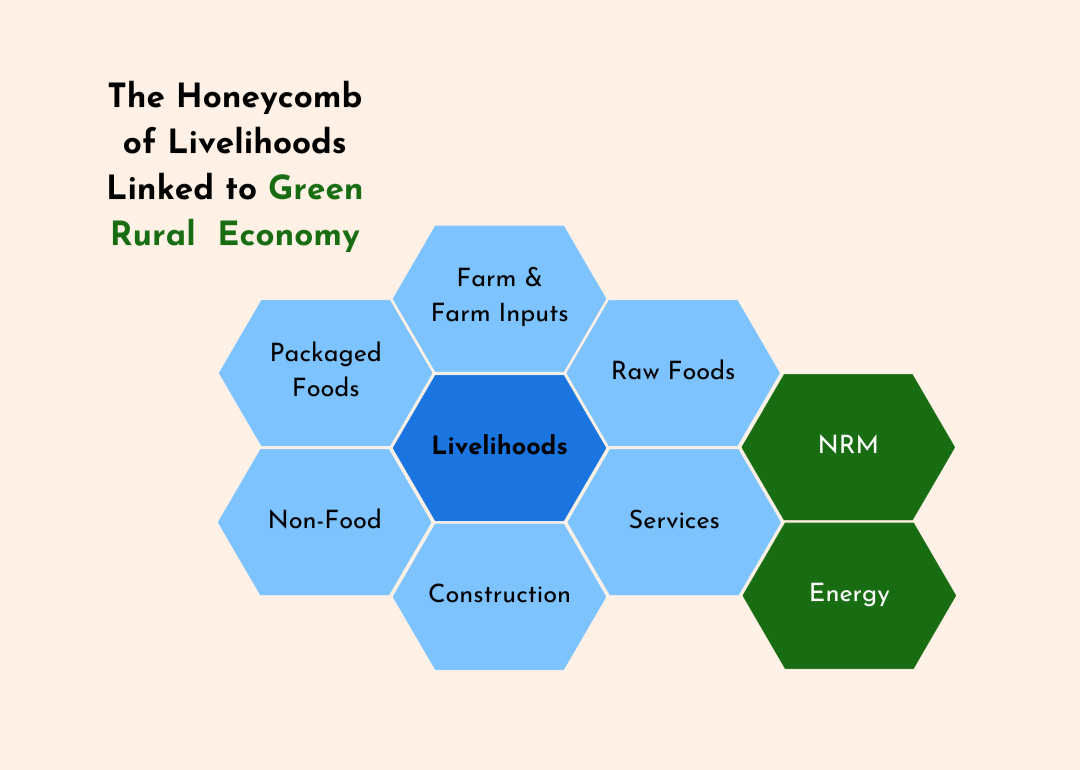
The different parts of the honeycomb were put together based on a survey conducted prior to the launch with different organisations involved in rural development. These categories were found to be the main sectors where people needed support or had expertise to share with others. There was considerable interest and queries generated within each livelihood category, leading to ‘matches’ between knowledge seekers and providers. This indicates that collaborations between partners within the sector had already begun under the GRE framework.
Hosoor explained how this takes the idea of local production further, by saying, ‘Climate change is a byproduct of the current centralised production system we have created…We need small, localised and contextualised systems that cater to local consumption. Many of us are working on different parts of this already, but the effort here is to collectivise it.’
Expert talks highlighted the need to have collaborative spaces
There were three talks by experts that ranged from specific insights about their subjects of expertise to more general insights on rural aspirations and accessing funds.
Trupti Doshi, who has over 20 years of experience in sustainable engineering and architecture, explained the scope of architecture using local and sustainable materials and techniques. She approached it in terms of training local communities who can then pursue this as a livelihood enhancement option.
Read | GRE Clinics: Matchmaking in the Development Sector
One of the insights she shared was the role ‘prestige’ positioning would play in creating a market for sustainable architecture in rural India. For one, it is important to work together with local communities and be ‘partners in development’. Second, a space must be aspirational. ‘Things have to be cost-effective but not look low-cost, and also not be low-cost and high-maintenance,’ she said.
Audience questions tied the discussion to some of the main ideas behind GRE – scalability and the need to use construction material in accordance with the local geography of the site.
Manisha Kairaly of Arugu spoke of challenges in building consumer goods businesses in rural India, including gender roles, the unorganised status of the sector, maintaining standardisation during scaling, policy changes, and the inherent affordability of mass produced goods compared to artisanal ones.
‘I have found caste to be the biggest dealmaker and deal-breaker. This has been our reality in working with rural producers,’ she said.
She also spoke of the work her team did in changing consumer and producer mindsets in rural spaces, by making locally made FMCG products aspirational in rural Karnataka, and also by building trust over multiple years. She also spoke of breaking out of the silo mindset to address large systemic problems. Her talk brought the audience discussion to rural India’s aspirations and the importance of both local pride and price sensitivity.
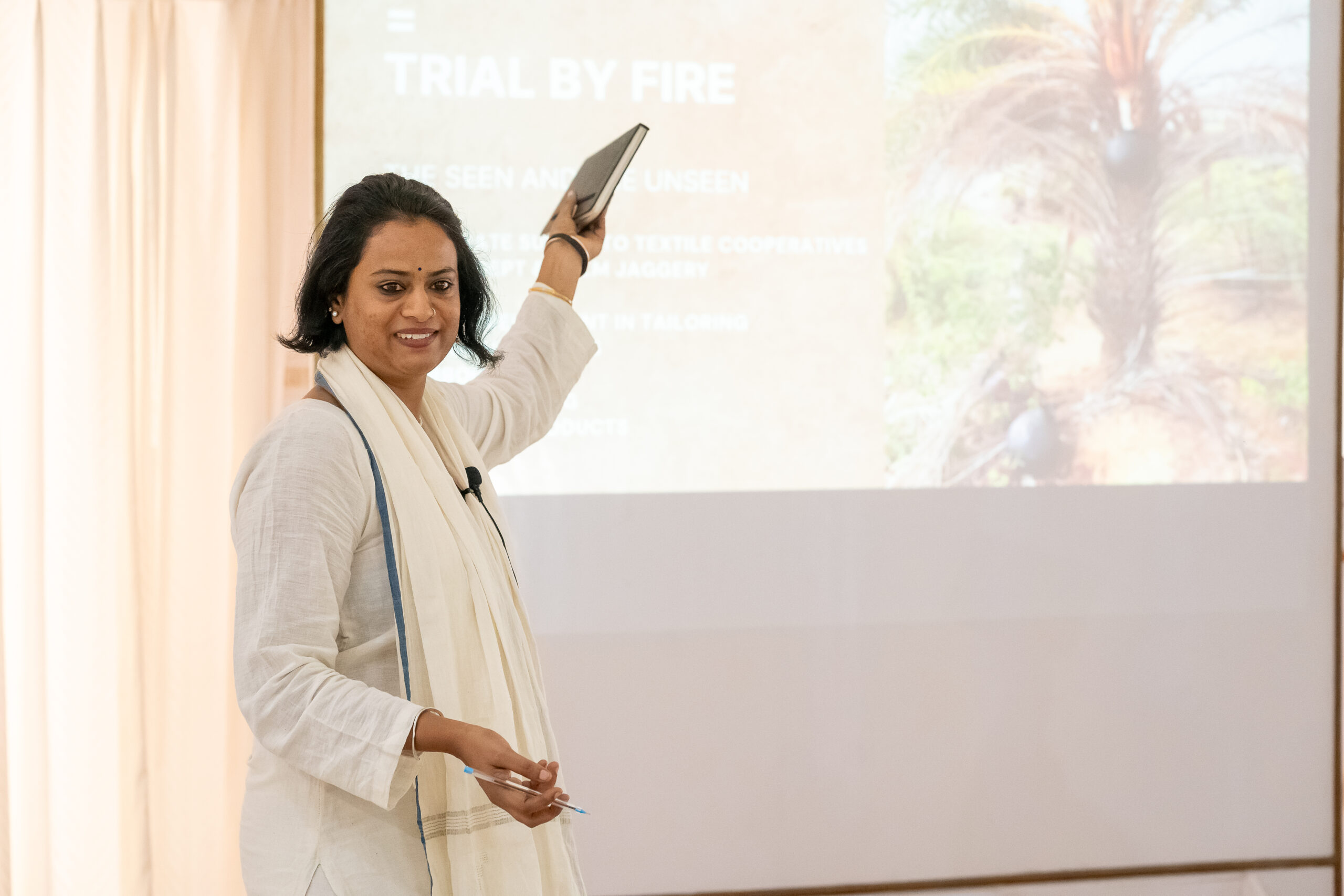
Manisha Kairaly of Arugu speaks about challenges in the development sector in rural India, at the the launch. Photo by RB Productions.
Jaideep Bansal talked about his work at Global Himalayan Expedition (GHE), now renamed GHE Impact Ventures, a social enterprise that conducts expeditions to fund solar energy projects in remote Himalayan villages and other parts of the country. It is rooted in the vision that ‘communities producing their own energy is the future’. Bansal talked about the ripple effect of facilitating solar energy projects. These included job creation for those who can install, repair and maintain these systems to electrification, access to education and healthcare and clean cooking
The three speakers perfectly encapsulated one of the core benefits of the GRE platform – discovery of emerging opportunities. They also highlighted other key aspects, like knowledge sharing and access to the networks that trainers and vendors have on ground.
The talks summarised in this blog captured the vision behind this platform and the spectrum of possibilities it holds. In the next part of this series, we take a closer look at the GRE platform itself – what are the key features and what problems did participants foresee and work together to iron out?
Attendees at the event included representatives from BuzzWomen, Bharat Rural Livelihood Foundation, Gram Vikas, Lipok Foundation, Industree, Pradan, Rainmatter Foundation, Solid Waste Management Round Table (SWMRT), Art of Living’s Sri Sri Rural Development Programme (SSRDP) Trust, Himalay Unnati Mission (HUM), Shivganga Samagra Gramvikas Parishad (Jhabua), Waste Warriors, WELL Labs and Council on Energy, Environment and Water (CEEW).
This event summary was collated by Smita Kumar, Lakshmi Pranuti Choppakatla, Meghna Majumdar, Srushti Paranjpe and Aditya Maruvada based on discussions held at the workshop.
Edited by Kaavya Kumar
If you would like to collaborate, write to us. We would love to hear from you.
Follow us and stay updated about our work:


